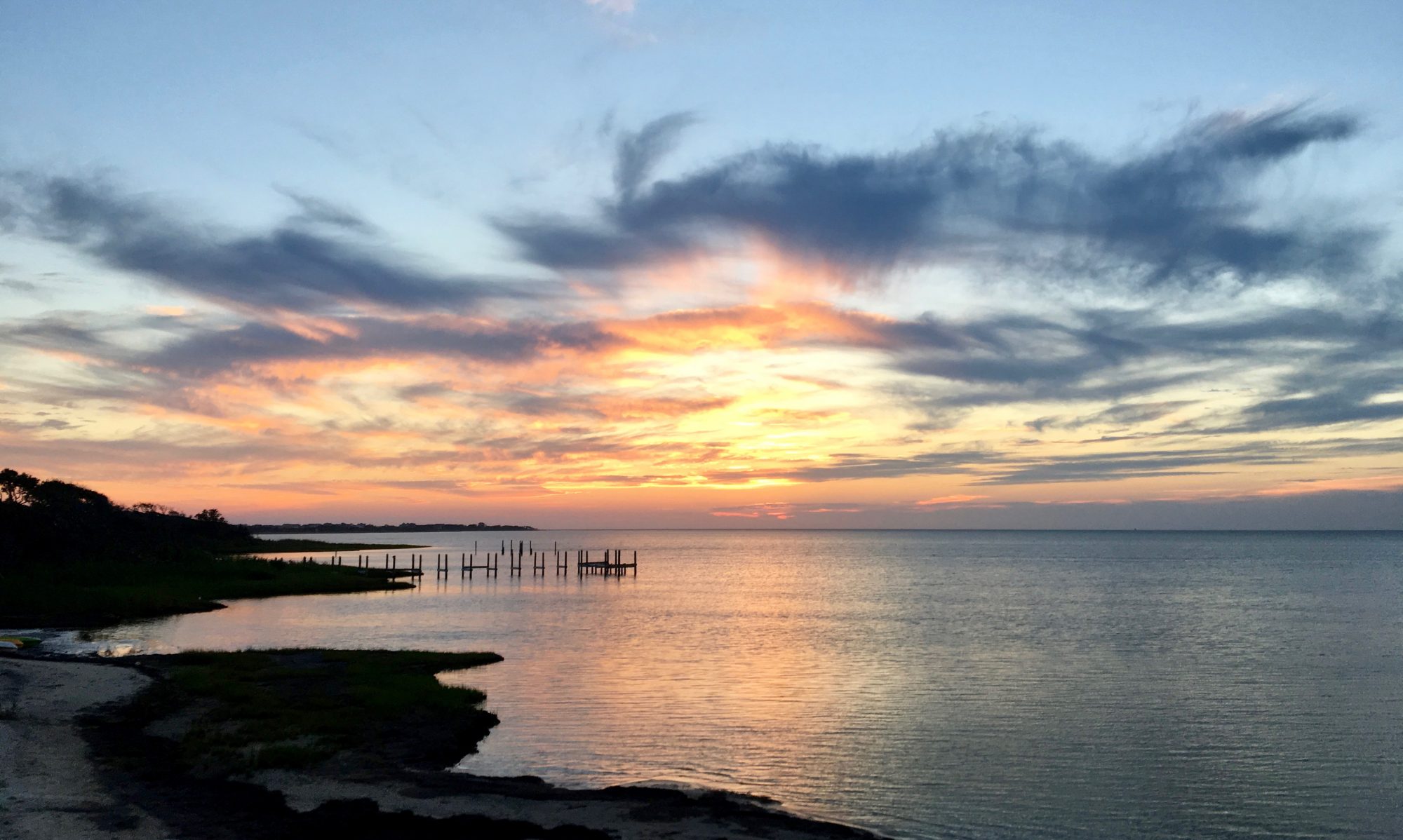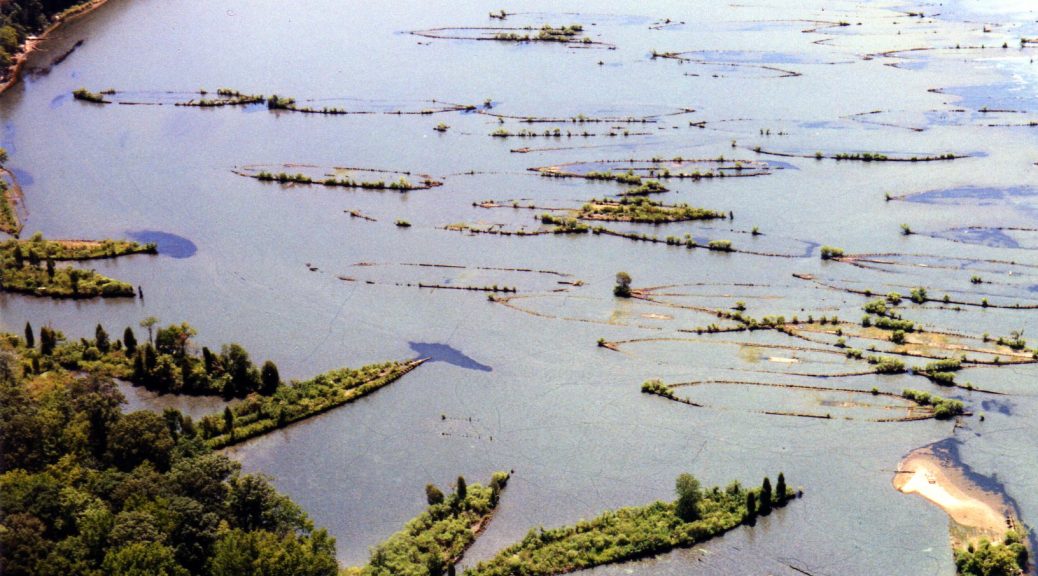By Ashley Gordon
From the majestic depths of the ocean to its vibrant coastlines, our planet’s marine ecosystems have long captivated the human imagination. Recognizing the profound significance of these underwater wonders, national marine sanctuaries (NMS) emerged as beacons of conservation and exploration. Serving as underwater havens for biodiversity and cultural heritage, these sanctuaries embody our commitment to safeguarding the natural treasures that lie beneath the waves. As our world faces mounting environmental challenges, the importance of these sanctuaries has never been more evident. This vital conservation measure was the topic of the fifteenth session of The Coastal Society Coastal Connections Web Series, held on Thursday, February 23rd through Zoom.
This session saw twenty-one attendees that included both current TCS members and non-TCS members. Steve MacLeod, TCS Past President, kicked off the session by providing a brief overview of TCS and the Coastal Connections web series. The session was then moderated by Ellen Brody, Regional Coordinator of the Eastern Region of the NOAA NMS Program. Ellen provided a brief history of the NMS. NOAA’s National Marine Sanctuaries Program recently celebrated its 50th anniversary in 2022. In 1972, the National Marine Sanctuaries Act was passed, which also coincided with the Coastal Zone Management Act. In 1974, the first NMS was designated after the discovery of the USS Monitor. Ellen then touched on the current state of the NMS Program and how it works. As she explained, the current NMS landscape covers more than 620,000 square miles of ocean and Great Lakes waters (map of current sanctuaries available here). NMSs support resource protection, research and monitoring, education and outreach, and community engagement. Sanctuary Advisory Councils are established for each NMS that bring together a variety of interests and provide advice to the NMS program.
This session’s panelists included Paul Michel, Regional Policy Coordinator for the West Coast Region, and LeAnn Hogan, Regional Operations Coordinator for the Eastern Region, who shared examples of how NMS make a difference. On the west coast, the NMS program supported research and the establishment of the West Coast Vessel Speed Reduction (VSR) Program to reduce the number of whale ship strikes. Over 18 global shopping companies and 559 ships have participated, resulting in a 50% reduction in ship strikes on whales and the additional benefit of greenhouse gas reduction. In the Florida Keys, the Damage Response and Restoration Program of the Florida Keys National Marine Sanctuaries supports addressing impacts from vessel groundings, including vessel and debris removal and seagrass and coral reef restoration.
Another key discussion topic was the evolution of the NMS system over time. In 2014, a new approach to NMS system expansion was established that focused on a community-based process. Communities submit a nomination to NOAA that is then reviewed and, if accepted, placed on the NMS inventory. In addition to recent sanctuary expansions (Flower Garden Banks) and new NMS designations (Mallows Bay-Potomac River and Wisconsin Shipwreck Coast), the panelists discussed the following proposed NMS:
- Chumash Heritage (lead by Paul Michel) – Located in the Pacific Ocean off the San Luis Obispo and Santa Barbara County coastlines, this area is ecologically rich and dynamic with unique geomorphological features and historic shipwrecks. Proponents of the sanctuary, the Sierra Club, Surf Rider, and the Northern Chumash Tribal Council, highlighted a myriad of issues the NMS could address and the importance of recognizing Indigenous heritage and cultures. The NMS program is working to involve Tribal Bands in collaborative management approaches.
- Hudson Canyon (lead by LeAnn Hogan) – Located in the Atlantic Ocean off the coast of New York and New Jersey, this ecological hot spot serves an important economic role for commercial and recreational fisheries. The Wildlife Conservation Society submitted the nomination. Given the large number of stakeholders engaged in this area of the ocean, the Hudson Canyon process has included a collaborative public scoping process to identify the potential NMS boundaries.
- Eastern Lake Ontario (lead by Ellen Brody) – The nomination was submitted by four counties and the City of Oswego with support from the State of New York and focused on maritime heritage resources. As part of this designation process, NMS is working with the Haudenosaunee Confederacy to re-establish their connection with their ancestral lands. The notice of proposed rulemaking was recently published, and it is anticipated the designation will be finalized in a year.
Following these presentations, the group discussed topics that included regulations and enforcement within NMS, the selection of NMS and pace/prioritization for going through the designation process, and coordination with fisheries management and offshore wind development.
Overall, this session facilitated a fruitful conversation about a conservation measure of ever-increasing importance. NMS stand as vital guardians of our marine heritage, inspiring us to protect and preserve these fragile ecosystems for future generations. We learned a lot from our panelists, and the results from our post-event survey revealed that our participants did too—100% of respondents found the event to be extremely informative! With another successful TCS Coastal Connections in the books, we look forward to seeing you at the next one.
The session was recorded and posted on the TCS YouTube channel here: https://www.youtube.com/watch?v=bB6IH2Cvmo4







